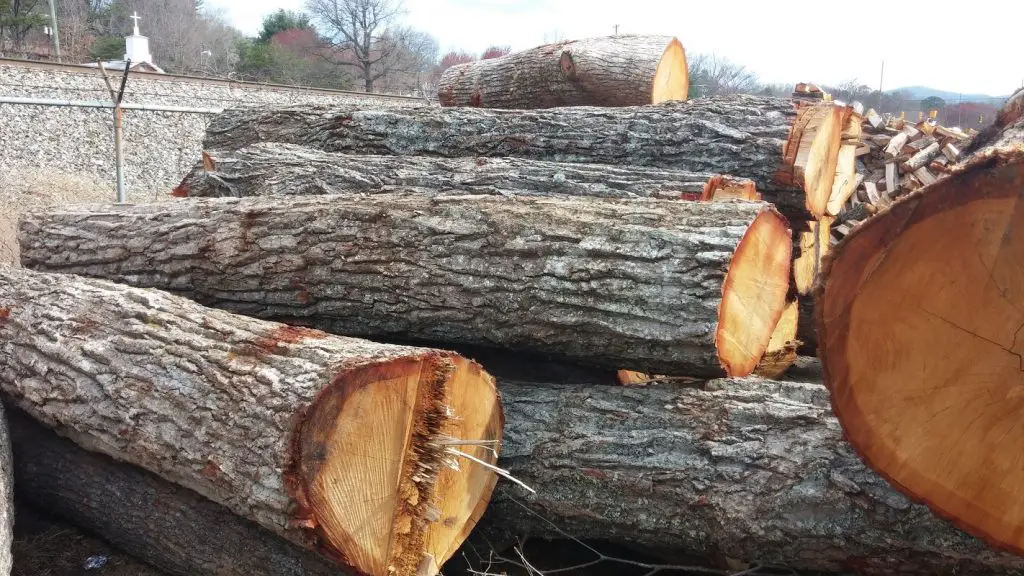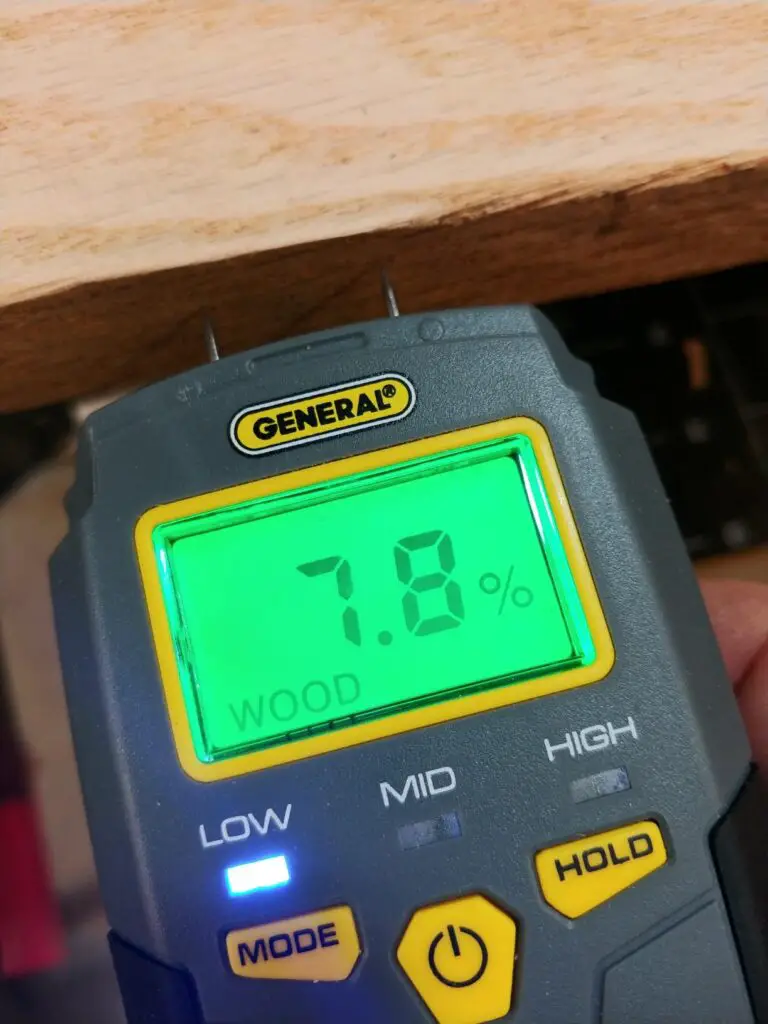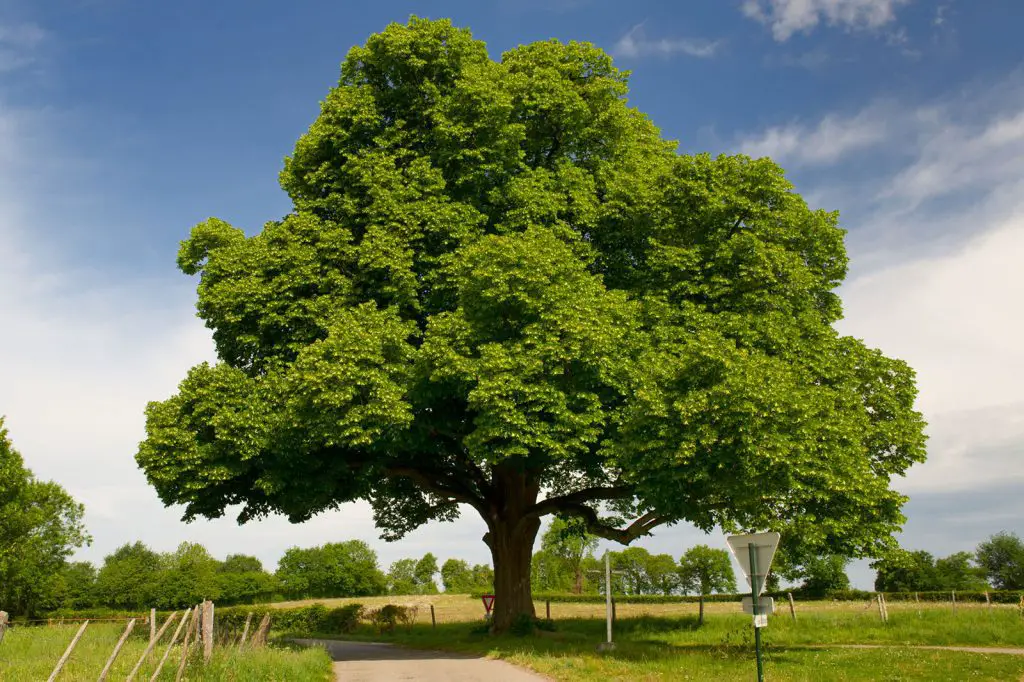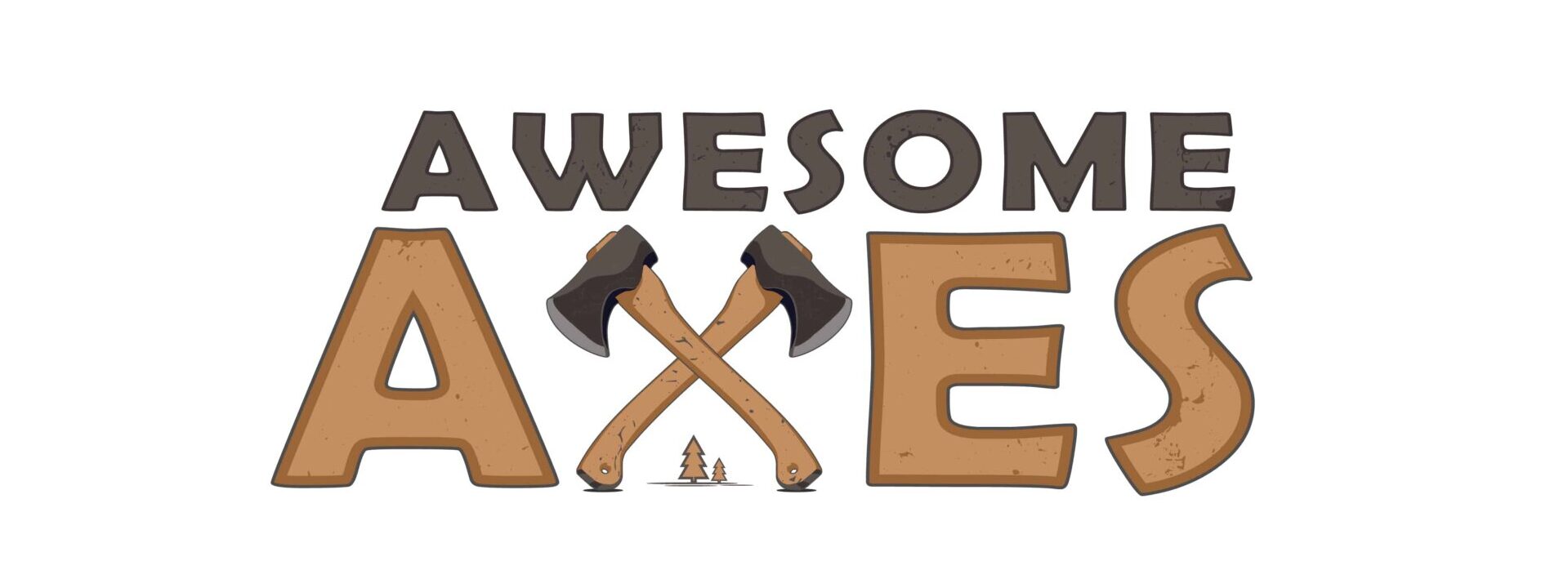Chestnut is poor firewood because it produces low heat, crackles when burning, and takes up to 2 years to season. However, it is a fast-growing hardwood and is widely available.
Chestnut firewood needs to be seasoned for at least two full years to ensure you get as much heat as possible. It also burns with a moderate-to-high amount of smoke.
Let’s look at the key criteria for chestnut firewood and judge how it compares to the top-tier hardwood alternatives.
Table of Contents
Summary
- BTU: 18 million BTU/cord
- Weight: 4600 lb/cord green
- Seasoning Time: 18-24 months
- Splitting Difficulty: Moderate
- Sap Content: Low
- Smoke: High
- Smell: Pleasant
Overall, chestnut firewood doesn’t have the best characteristics. It does have a pleasant smell and produces some moderately good cooking coals. It is widely available, but there are multiple varieties, so make sure you don’t get a load of horse chestnut (which is not a real chestnut) with a terrible smell.
However, it has some real disadvantages – its heat production is very low for a hardwood requiring much more wood to be stockpiled. To get as much heat as possible out of the wood, it needs to be seasoned for two full years. It also burns with a lot of spitting and popping, making it unsuitable for burning indoors in a wood stove.

Heat Production
Chestnut wood has a low heat production at only 18 million BTU/cord. Compared to the premium firewood like oak at 27 million BTU/cord, this is very low. It means that you need to purchase/process an additional 33% of chestnut firewood to heat your home for the entire winter.
Even compared to softwoods like Douglas-Fir at 22 million BTU/cord, chestnut firewood produces low heat. It does burn slowly and produces some coals, which is an advantage for cooking and grilling.
Smoke Production
If you have fully seasoned your chestnut firewood, the smoke generation is only moderate. But if you are burning the wood green, then you will get a heavy smoke. Never burn unseasoned firewood. This, in combination with the popping/spitting, is why I don’t burn chestnut wood indoors unless it is heavily ventilated. Make sure you use a moisture meter to confirm the wood has been seasoned correctly.
Seasoning Time
Chestnut firewood does burn with a lot of popping and spitting as pockets of sap ignite. It is also a very dense wood with over 4600 lb/cord, which takes a long time for all of the moisture and resin to escape. It generally takes two years at a minimum to properly season chestnut wood. This can be a disadvantage because you must prepare your stockpile so far in advance.
I personally recommend this General Tools Moisture Meter. It allows you to accurately gauge how wet your firewood is and whether it is sufficiently seasoned. Over time you can also see how quickly the moisture is dropping and how much longer you need to keep your firewood dropping until it is seasoned and ready to burn.
Press the sharp pins into the wood and you will quickly see the readout show the moisture ranging from 5% to 50%. It also has a Low/Mid/High indication depending on whether the wood is dry enough, so you don’t need to remember the actual values.

Burning Smell
Chestnut has a strong smell if it is burnt green, especially Chinese chestnut with a foul odour. As long as you have seasoned the firewood properly, the smell is pleasant and can almost be described as neutral. I don’t rate chestnut firewood as being particularly nice smelling or bad smelling.
If you are especially interested in odor for smoking meats or if you are sensitive to smell, have a read through this guide I have written about the best smelling firewoods to burn.
Creosote Buildup
Creosote is black soot that builds up in your chimney when burning unseasoned softwood. It forms from unburnt wood and sticks inside the chimney. Over time creosote can build up to the point where it combusts and catches fire inside your chimney. This is extremely dangerous, and you should clean your chimney regularly to keep your home safe.
Chestnut doesn’t produce a lot of creosote because it is hardwood. I strongly recommend seasoning chestnut for at least 2 years, so it can be tempting to burn it early when it’s still green.
Regardless of the firewood type you use, keeping your chimney clean is sensible.
Splitting
Chestnut trees tend to form unpredictable grain patterns and knots. These trees don’t grow particularly high, generally stopping at around 50 feet, so the yield is low. The different species of chestnut also split differently – Chinese chestnut is the most difficult to chop as the wood is very tough.
I don’t think you need a hydraulic log splitter for chestnut because of the wood’s difficulty, but you might want to consider one if you have multiple trees or an entire winter’s stockpile to process. There are certainly other trees, like black locust, that are significantly more difficult to split.
Different Types/Species
Chestnut trees are actually a type of beech tree. They have gone through a tragic history – when Chinese chestnut trees were introduced to North America in 1904, it brought a fungal Chestnut blight that destroyed most native American chestnut trees (source). There are nine different types of chestnut tree throughout the world, however, I have only covered the most common varieties in North America.
American Chestnut
While American Chestnut is probably the best species for firewood, it is endangered and not widely available. This was from the chestnut blight at the start if the 20th century. They are also vulnerable to ink disease, which has also reduced their numbers.
Dwarf Chestnut
Dwarf chestnut only grows to around 7 feet tall, so has a very low yield of firewood per tree. It isn’t commonly used as firewood.
Chinese Chestnut
Chinese chestnut has a foul odour, so it isn’t popular as firewood. They are native to the Chinese mainland and were brought to North America in the early 1900s. They grow to around 60 feet in height and produce edible nuts (often described as the best tasking chestnuts).
Sweet Chestnut
Also known as Spanish Chestnut or European Chestnut, this is the most common form of Chestnut in the UK. It is also the most likely variety of chestnut used as firewood in North America. They can live over 500 years and grow straight with deep furrows through the bark.

Comparison to Other Woods
Here, I’ve taken some of the most popular firewoods to burn indoors and compared them to chestnut firewood.
Chestnut is a poor firewood compared to the top-tier hardwood firewood alternatives. The most important characteristic is the heat production, which is significantly lower than oak and is even lower than some softwoods. It also generates more smoke than the other options.
| Firewood | Million BTU/Cord (source) | Ease of Splitting | Coals | Overall Quality |
| Green Ash | 20 | Easy | Good | Excellent |
| Maple | 25 | Easy | Excellent | Excellent |
| Bur Oak | 26 | Easy | Good | Excellent |
| Chestnut | 18 | Moderate | Moderate | Poor |
I wouldn’t ever pick chestnut as my fuel source for winter unless it was the only hardwood option available. I don’t recommend burning it indoors because it pops and spits, so you need to have a glass screen and good ventilation to remove any excess smoke.
Can you burn chestnut wood in a fire pit?
Yes, chestnut firewood is ideal for burning outdoors. This allows the smoke to escape, and you don’t need to worry about any popping. It doesn’t produce much heat, so you will need to add logs to your fire more frequently than oak or ash.
Can you burn chestnut wood in a wood stove?
Chestnut shouldn’t be burnt indoors because it generates moderate smoke and pops/spits as sap pockets ignite. I don’t personally burn chestnut firewood indoors unless there is a glass screen present and excellent ventilation.
Final Thoughts
Chestnut firewood is a poor option and should only be burnt outdoors when no other hardwood is available. It produces much more smoke than other hardwood varieties and can be more difficult to split. I will only pick chestnut if it is the only firewood available.
